For his 7th release at NativeDSD violinist Ning Feng brings us Paganini: 24 Caprices + 1. While being ‘in between Strads’ at the time, Ning Feng much enjoyed recording Paganini’s Caprices on his own very fresh sounding instrument – a 2017 Samuel Zygmuntowicz. It includes a remarkable Caprice d’Adieu at the conclusion of the album.
Ning Feng is known for his playing of the music of Paganini, having won the First Prize in the International Violin Competition Premio Paganini in Genoa, 2006.
This Channel Classics album is a Pure DSD Release. The album’s Stereo and Multichannel DSD 256 recording has stayed in DSD 256 throughout the entire recording and production process. It has no conversion to DXD for editing, no mixing, and no EQ (equalization).
Clemens Romijn says “Paganini’s success as a violin virtuoso was naturally only partly based on the fantastical, mysterious, and demonic atmosphere that surrounded him. What his professional admirers captivated most of all was his unparalleled playing technique.
The best impression of his musical and technical accomplishment can be gained from his most talked-about work, the 24 Caprices opus 1 (1817), which were modelled on the similarly named pieces by Pietro Locatelli (1733). To this day the 24 Caprices are still considered the bible of violin technique.”
Ning Feng, Violin
Tracklist
Please note that the below previews are loaded as 44.1 kHz / 16 bit.Total time: 01:19:18
Additional information
| Label | |
|---|---|
| SKU | 43221 |
| Qualities | DSD 512 fs, DSD 256 fs, DSD 128 fs, DSD 64 fs, FLAC 192 kHz, FLAC 96 kHz |
| Channels | 2ch Stereo, 5 Channel Surround Sound, 2ch Stereo & 5ch Surround |
| Artists | |
| Composers | |
| Genres | |
| Speakers | Grimm Audio LS1 |
| Recording Type & Bit Rate | DSD 256 |
| Recording location | Renswoude, The Netherlands (January 2020) |
| Recording Engineer | Jared Sacks |
| Producer | Jared Sacks |
| Microphones | Bruel & Kjaer 4006, Schoeps |
| Editing Software | Pyramix / Merging Technologies |
| Mastering Engineer | Jared Sacks |
| Digital Converters | Horus / Merging Technologies |
| Cables | Van den Hul |
| Original Recording Format | |
| Instruments | |
| Release Date | January 15, 2021 |
Press reviews
De Volkskrant
How would the violin legend and composer Niccolò Paganini (1782-1840) have reacted if he heard Ning Feng play his capriccios? Maybe he would have made them more difficult.
The 24 capriccios for solo violin, published in 1817, are considered bible for violin technique. They are intended to showcase the virtuosity, to raise the bar of the violin playing. But Ning Feng cycles through it so whistling that the unsuspecting listener will hardly realize what complex finger grips it takes to suggest that two violinists are playing at the same time.
He recorded the solos, with the Caprice d’adieu as an encore, at the beginning of last year in the Remonstrant church of Renswoude. It is beautiful how much ear he has for Paganini’s imitation of other instruments.
The thrill of listening to virtuoso pieces is that you hear and feel that someone is being challenged, that in the end it usually goes just fine. We have now reached such a level that that element has disappeared. And that without any “look at me”. The decapricciofication is complete, what remains is music full of passion.
Ning Feng has finished Paganini.
Gramophone
For me, the litmus test with any recording of Paganini’s mighty ‘24’ is the ‘Trill’ Caprice (No 6), where a mournful melody dominates one line with a tremolo shimmering away on another. Given a sympathetic player the textural combination will break your heart. Such a player is the Chinese-born, Berlin-based violinist Ning Feng, who lifts the music out of the flashy virtuoso catchment and places it squarely among the noble masterpieces for the instrument.
Then you might care to access No 4, which opens to another soulful lament cast among multiple-stops, then switches to a choppy series of detached chords before temporarily returning us to the slower music, tone-poetry plain and simple, or at least that’s how it sounds in the hands of Ning Feng. The itching flea that is No 5 ricochets energetically. ‘How do you do that?’ I once asked Itzhak Perlman regarding this piece. ‘It’s easier than it looks’, he replied. For some, I thought. No 9, ‘La chasse’, has the violin’s A and E strings mimic the flutes while the G and D strings imitate the horns. Here Ning Feng’s double-stops are immaculate, his employment of dynamics and relative note lengths always imaginative.
Madcap up-bow staccatos dominate Caprice No 10 and, again, what most strikes me about Ning Feng’s playing is the way his colors shift from bar to bar, diverting your attention from technique pure and simple to its ultimate expressive destination. No 11 starts among haunting multiple voices before switching to dazzling high jinks. Maybe ‘The Devil’s Laughter’ (No 13) would have benefited from a touch more implied tomfoolery. Then again, Ning Feng throws off the devilishly difficult Caprice No 16, a continuous stream of semiquavers, as if it were child’s play; and as for No 17, its runs and octaves are more fun to listen to than to play, I’d imagine, but fun it is.
I loved Ning Feng’s intimate way with No 18, with its smooth upper G string tone and rapid scales in thirds. No 20 (featuring a D string drone) highlights Ning Feng’s poetic bias, at least in the tranquil outer sections. As for the set’s most famous Caprice, No. 24, endlessly varied by numerous composers, Ning Feng dispatches the music with lightness and aplomb. And there’s an unexpected extra – the elegant but demanding Caprice d’adieu (‘Farewell Capriccio’), written for the violinist Eduard Eliason.
Many violinists will be humbled by Ning Feng’s musical and technical capabilities but more important than that is his ability to make the music palatable for listeners who wouldn’t normally gravitate to a sequence of 25 unaccompanied violin miniatures. The more you listen, the more you want to listen.
The competition is fierce, of course. But Ning Feng is up there with the best of them, and he’s beautifully recorded to boot.
The Strad
Stunning virtuosity from a violinist who holds a musical universe in his hands
This album, containing Paganini playing that drives every other performance out of my mind while I am listening to it. It makes me a Ning Feng fan. The Berlin-based Chinese violinist, whose teachers included Hu Weimin, Hu Kun and Antje Weidhaas, was 37 and clearly at his peak when he made it in January 2020.
Ning’s mastery of the technical difficulties is so complete that he can concentrate on the narrative, poetic operatic content of each piece. I have never before been reminded, in no. 2, of the barking dog in Vivaldi’s ‘Spring’. The ‘Once Upon A Time’ opening of no.4, before Paganini’s Byronic hero is off on his adventures, is beautifully realized. No.6 is spine-tingling. A bel canto aria is made of no.7.
No. 9 is a poem, while no.10 could accompany the antics of Charlie Chaplin or Buster Keaton. The laughter in no.13 is really sinister. Horns in no.14 and fanfares in no.17 are literally bold as brass. No. 22 is a splendid song with coloratura interlude and no. 23 features heroic declamation.
No. 24 is lighter than usual, the left-hand pizzicato in Variation 9 amazing. And that is not all: as an encore, Ning gives us the Caprice d’Adieu which Paganini wrote for Eduard Eliason, a carefree goodbye like Schubert’s Die Taubenpost at the end of Schwanengesang.
Ning is beautifully recorded by Jared Sacks in the Remonstrantse Kerk, Renswoude. The 2017 Samuel Zygmuntowicz fiddle rings out with an instant, hair-trigger response.
BBC Music Magazine
There have been many and varied bravura recordings of Paganini’s Caprices these last years – they are the go-to for virtuosic display, written by the legendary 19th-century violinist as a way of highlighting his phenomenal technique. Here Ning Feng adds his own deeply expressive yet understated interpretation.
From the fabulously virtuosic first, the trademark rapid string skittering is exhilaratingly done, countered by Feng’s breath-like touch and expression in the lovely No. 4. Feng plays with exquisite lightness in places, but there is humor, too, notably the hill road ups and downs of No. 5, which rise and fall as if on cartoon wheels, teetering at the top and sliding down joyfully into the valley below to gain momentum for the next hill.
There is superb touch and expression, whether in the pastoral call and response of No. 9 or the tentative, wistful trilling of No. 6. Feng’s sound has great warmth in the lower register and lightness up top – there is nothing grandstandingly showy here, but a virtuosic truth to the music, which might sound contradictory given that we are talking about Paganini but brings remarkable clarity.
The coda is a 25th Caprice ‘d’Adieu’, dedicated to the German violinist Eduard Eliason, a light, technically challenging powder-puff finish, as if a final wink.
WFMT
Ning Feng is recognized internationally as an artist of great lyricism, innate musicality, and stunning virtuosity. He performs across the globe with major orchestras and conductors, and in recital and chamber concerts in some of the most important international series and festivals.
Feng has recorded Niccolò Paganini’s complete Solo Violin Caprices, to this day considered the bible of violin technique. Feng plays a 2017 Samuel Zygmuntowicz violin.
Only logged in customers who have purchased this product may leave a review.
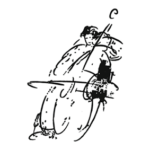
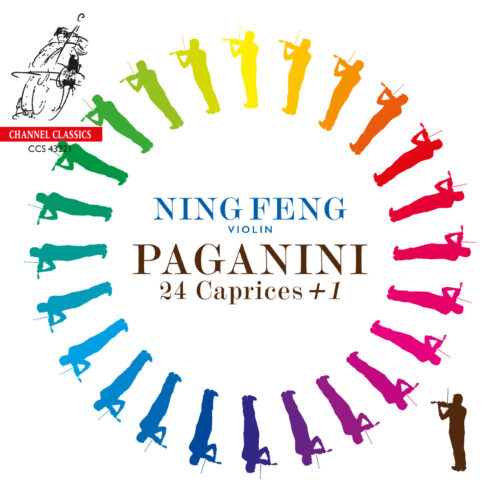
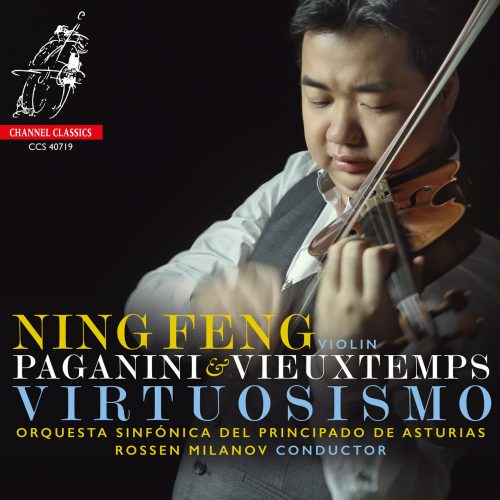
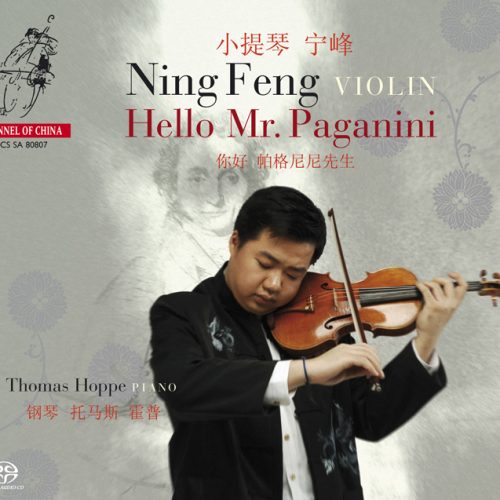
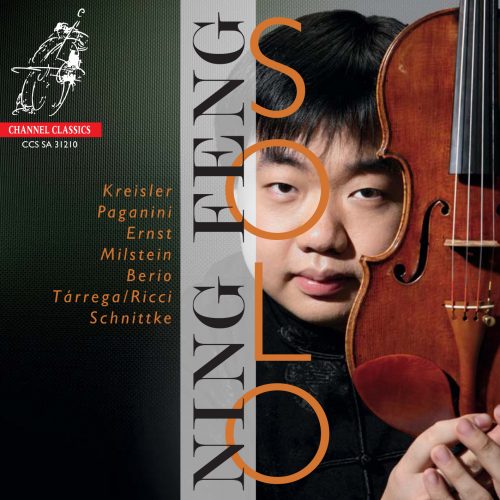
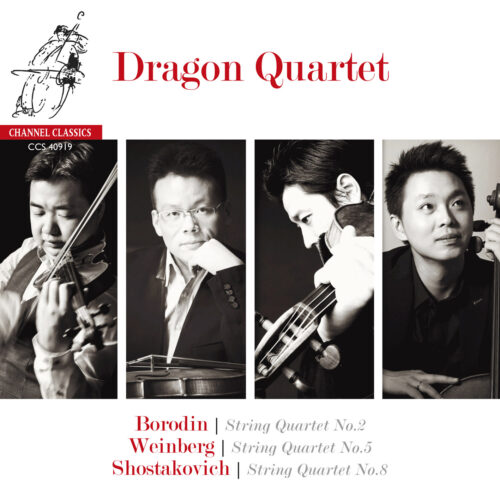
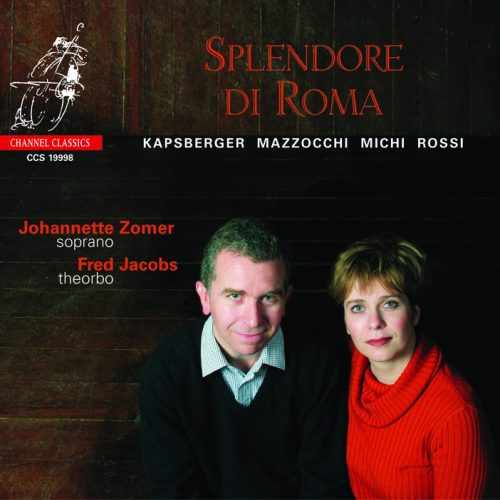

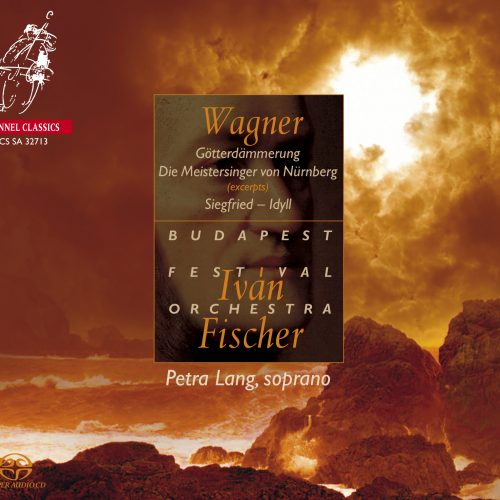

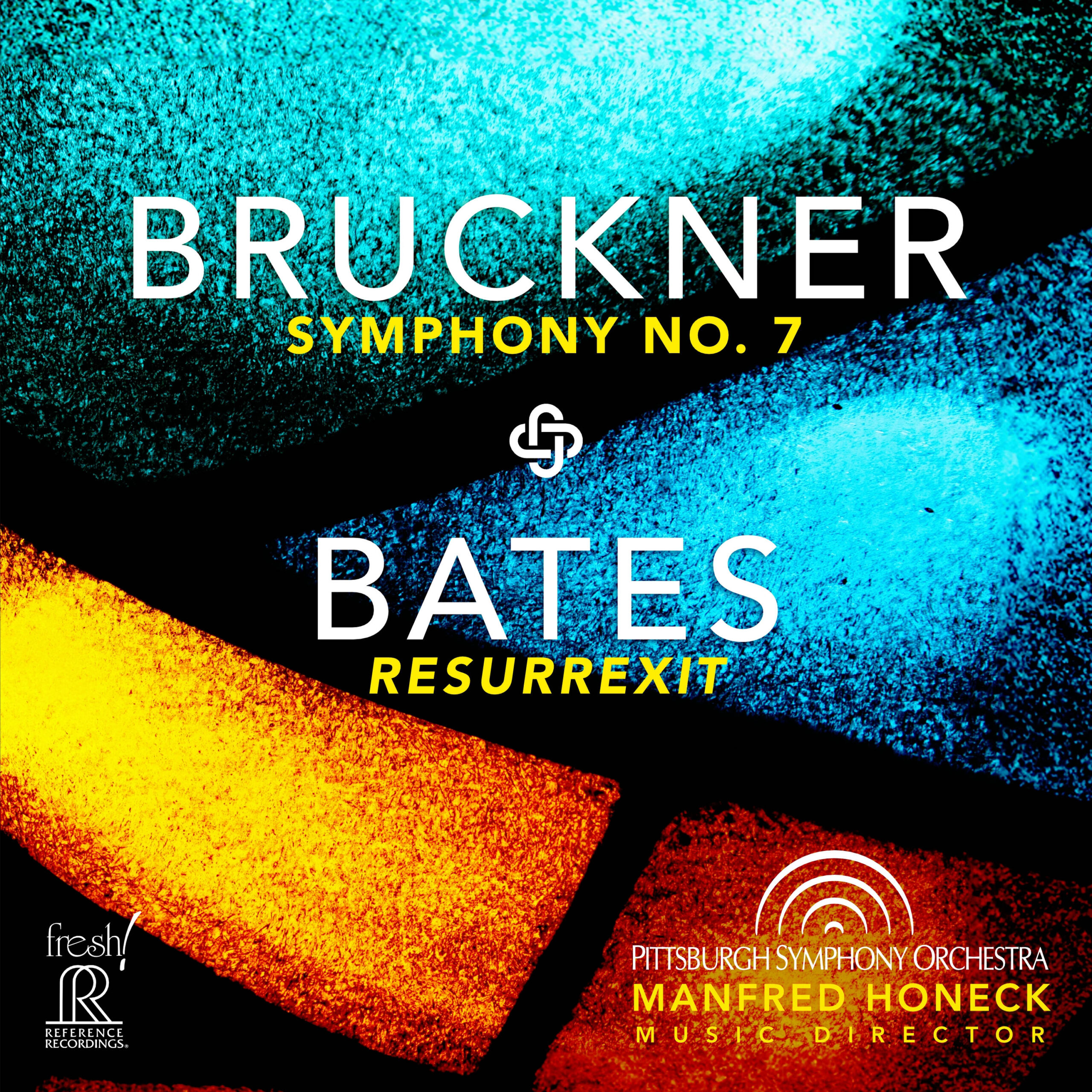
![Alchemyholic [Pure DSD]](https://media.cdnb.nativedsd.com/storage/nativedsd.com/wp-content/uploads/2024/08/16092309/HRES2416-scaled.jpg)
Reviews
There are no reviews yet.